The Doctor Who Promised Healing—and Delivered Horror
Walter Freeman wasn’t a madman in a dark alley. He was a suit-wearing, Yale-educated neurologist with a dream: to change the face of mental health treatment in America. But what began as a mission to ease suffering quickly spiraled into a horrifying chapter of medical history. Armed with nothing more than an ice pick and bold confidence, Freeman performed thousands of lobotomies—leaving behind a trail of broken minds, grieving families, and haunting regrets.
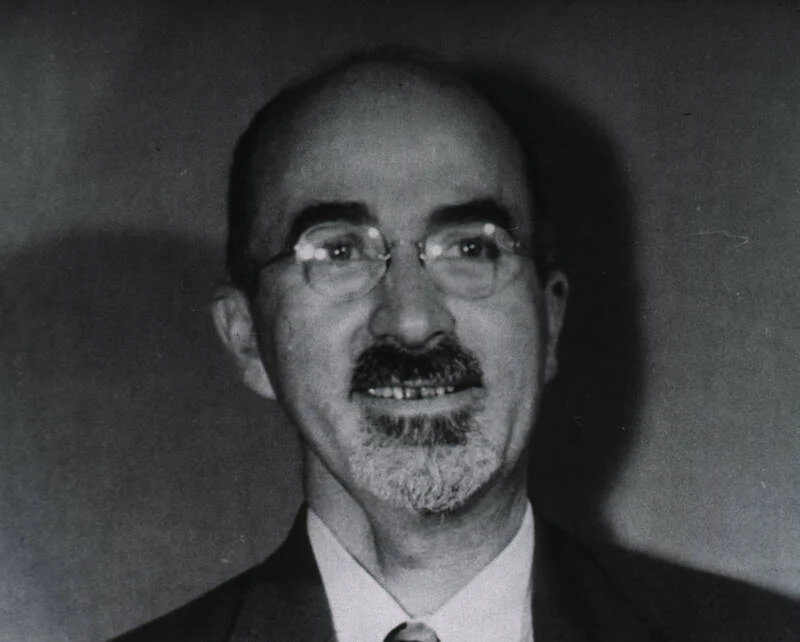
A Legacy Carved in Bone
Born into a prestigious medical family in Philadelphia in 1895, Walter Freeman seemed destined for greatness. His grandfather had been a pioneer in brain surgery, and Freeman followed the path with academic excellence—Yale, the University of Pennsylvania, and further studies in Europe.
By the 1930s, Freeman was a rising star. He had secured his position at George Washington University and was the first practicing neurologist in Washington, D.C. But prestige wasn’t enough. He wanted a breakthrough. And he believed he’d found it—in a shocking new procedure developed across the Atlantic.
Video : ‘Icepick Surgeon’ Did Over 2000 Lobotomies
Borrowed Science, Twisted Vision
Inspired by Portuguese neurologist Egas Moniz, Freeman introduced the lobotomy to the U.S. in 1936. Moniz’s original method involved drilling holes into the skull and severing connections in the brain’s frontal lobe. It was crude, invasive, and controversial. Freeman, ever the showman, decided to improve on it.
He partnered with neurosurgeon James Watts and together they performed the first American lobotomy on a 63-year-old woman struggling with depression. They believed they had found a cure—but the success rate was questionable, and the side effects ranged from personality changes to full-blown incapacitation.
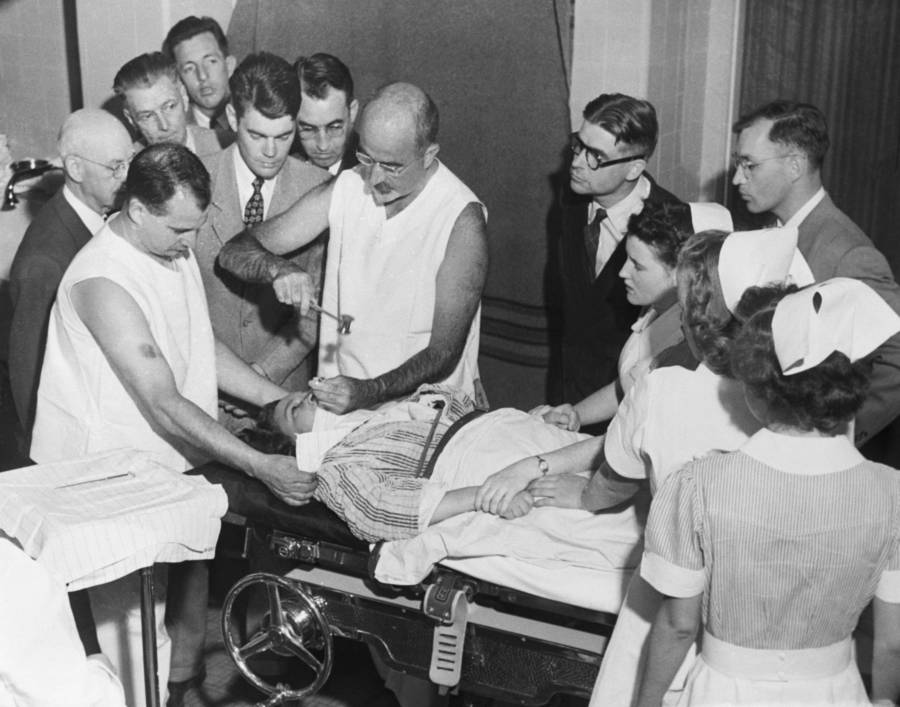
Rosemary Kennedy: A Famous Tragedy
Perhaps the most well-known victim of Freeman’s “cure” was Rosemary Kennedy, the sister of future President John F. Kennedy. At just 23 years old, she was lobotomized after her family deemed her emotional instability a risk to their public image. The result? Rosemary was left with the mental capacity of a toddler for the rest of her life.
This tragedy didn’t slow Freeman down. In fact, it emboldened him to make the procedure faster, simpler, and more accessible.
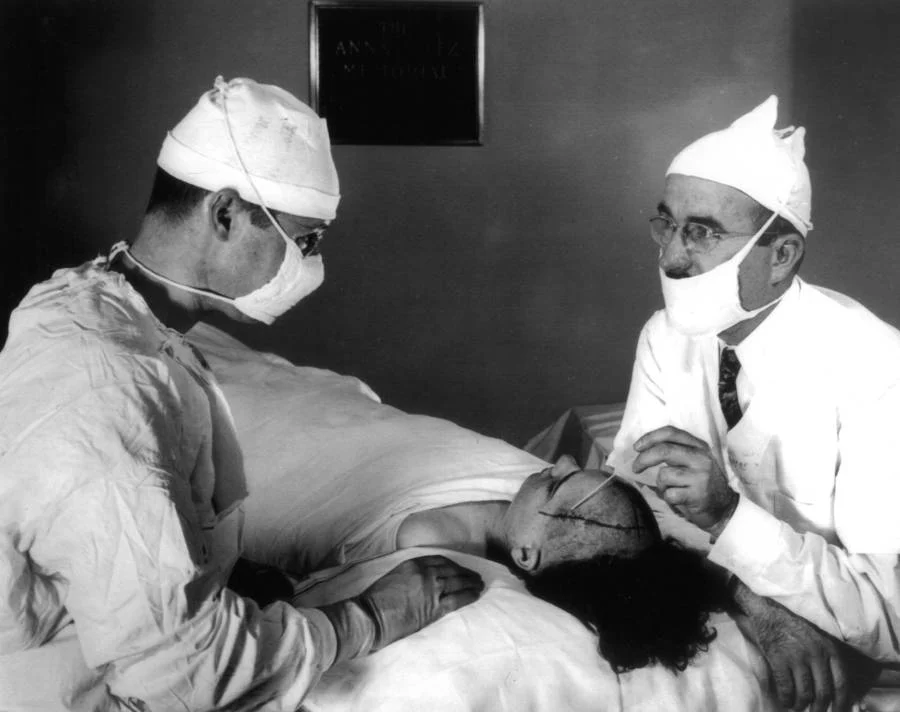
From Operating Room to Roadshow
Freeman’s next innovation? The transorbital lobotomy—a method so crude it involved hammering an ice-pick-like tool through a patient’s eye socket into the brain. The idea was to sever connections in the frontal lobe with just a few taps. No operating room. No anesthesia. Just electroshock to knock the patient out and a few minutes of “surgery.”
He toured the country in a van he dubbed the “Lobotomobile,” performing demos and pushing his technique like a salesman at a trade show. Freeman believed lobotomies should be available in doctors’ offices, jails, and even schools. To him, mental illness had met its match.
Video : The Insane Lobotomy Craze Of The 1950s
The Body Count Rises
In his career, Freeman performed over 4,000 lobotomies. Some patients did show temporary improvements. But many more suffered irreversible damage—or died.
One of his patients bled out after Freeman paused mid-procedure to pose for a photo. Others emerged emotionally blank, unable to care for themselves. Around 14% of those who underwent the surgery didn’t survive it.
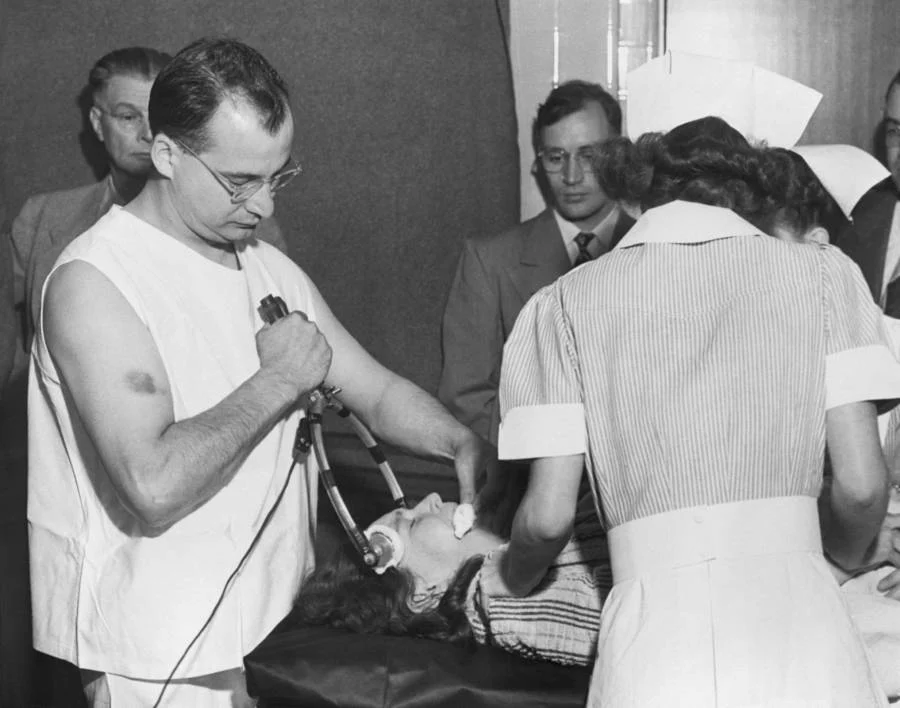
Watts, disturbed by the gruesome results, eventually walked away. Freeman, however, kept going until 1967, when his final patient died from a brain hemorrhage. That was the end of his surgical career—and the beginning of his fall into obscurity.
A Boy with a Scarred Mind
Howard Dully was just 12 years old when his stepmother brought him to Freeman. Described as “defiant” and “difficult,” the boy became one of Freeman’s youngest patients. The procedure left no visible scars, but the emotional and mental aftermath stayed with him forever.
“I’ve always felt different,” Howard said later. “Wondered if something’s missing from my soul.”
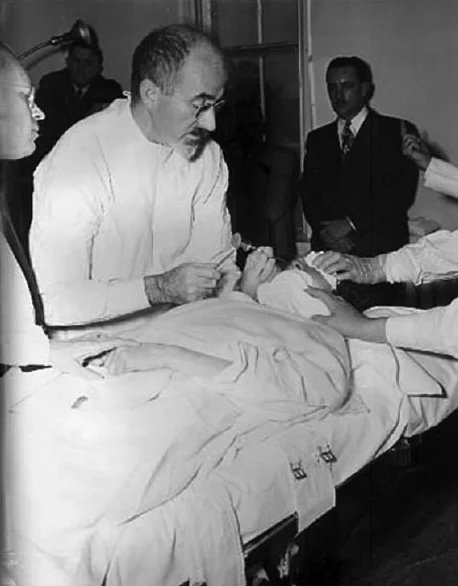
Unlike many, Howard survived and went on to tell his story. But his words remain a painful reminder of how one man’s ambition led to irreversible trauma for thousands.
The Beginning of the End
The rise of antipsychotic and antidepressant medications in the 1950s marked the decline of lobotomy as a treatment. Mental health care began shifting toward science-based approaches and away from the blunt tools of the past.
Freeman died in 1972, largely forgotten—but his shadow lingers. His story is a cautionary tale about unchecked ambition, blind faith in quick fixes, and the dangerous mix of medicine and ego.
What We Learned—and What We Must Remember
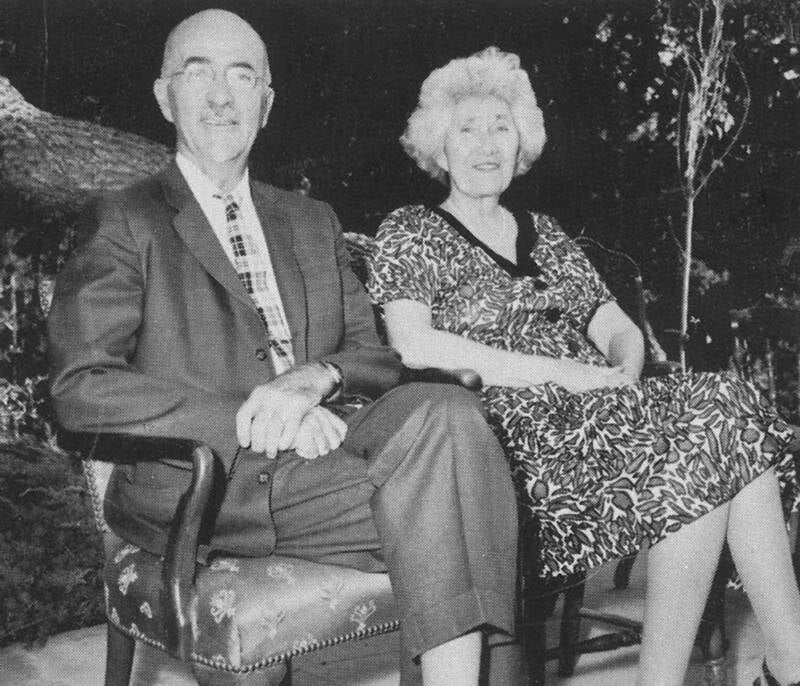
Walter Freeman genuinely believed he was helping people. But good intentions don’t excuse devastating outcomes. His ice pick method was born from desperation, fed by showmanship, and ultimately fueled by a flawed belief that mental illness could be “cured” with a few taps of metal.
Today, we live in an age of advanced imaging, ethical review boards, and a deeper understanding of the human mind. But stories like Freeman’s remind us how easily the line between innovation and recklessness can blur.
In the end, Walter Freeman didn’t just operate on brains—he altered lives in ways no one could fully predict. And the echo of his legacy still speaks volumes in every discussion about mental health, consent, and the ethics of treatment.